There are, across the National Park System, dozens and dozens of jewels that don't attract crowds while offering you gorgeous landscapes, deep history, and rich experiences.
They might take you a little longer to reach, but along the way you'll take in a wide swath of the United States, ar various times traveling through thick, hardwood forests, into bustling metropolitan areas, and out aross the Plains. You'll experience different walks of life as you explore the nooks and crannies of the park system, and perhaps gain new perspectives. And most certainly, you'll come away with a new appreciation and understanding of the park system and what it represents.
Here's a look at some of those places that the National Parks Traveler wrote about this year (Click on the title to read the article).
Marsh-Billings-Rockefeller National Historical Park: "An Entirely New Kind Of Park"
Author and professor John Elder envisioned the ideals for Vermont’s only national park at the opening of the Marsh-Billings-Rockefeller National Historical Park in 1998.
“There is a mandate to invent an entirely new kind of park. It must be one where the human stories and the natural history are intertwined; where the relatively small acreage serves as an educational resource for the entire National Park Service and a seedbed for American environmental thought; and where the legacy of American conservation and its future enter into dialogue, generating a new environmental paradigm for our day.”

A Wispy Corner Of Valles Caldera National Preserve
It's not exactly the place where Hell bubbled up, but the steam wafting from the crusty white soil was a reminder that the volcano that created Valles Caldera 1.25 million years ago is not extinct, but rather in a deep, deep sleep.

Revealing The 20-Million-Year-Old Secrets Of Agate Springs
James Cook envisioned a bride in 1886 when he asked Kate Graham to marry him, but he also came into a ranch that carried a window more than 20 million years into the past that stunned the scientific world.

Exploring Katmai National Park's Mysterious Valley Of 10,000 Smokes
Dark, heavy skies threaten to unleash a torrent. Undaunted, the single-engine’s propellor rumbles defiantly and roars to life, promising adventure as my float plane taxis upriver from tiny King Salmon, Alaska, headed for the mysterious Valley of Ten Thousand Smokes at Katmai National Park and Preserve.

Homestead National Historical Park: Grit, Anguish, And Occasionally Jubilation
While the prospect of free land that the Homestead Act promised sounds typically American -- hard work and determination will lift you up -- the stories you can explore at Homestead National Historical Park in Nebraska reflect both jubilation and anguish, deprivation and self-determination.
National Parks Traveler Episode 180: Exploring Homestead National Historical Park
Homestead National Historical Park near Beatrice, Nebraska, isn’t that big, just 211 acres, but as the saying goes it plays much, much bigger. Here you’ll find the National Museum on Homesteading, historic buildings including the Palmer-Epard log cabin that despite its small size – just 14 feet by 16 feet – was home to a family of 12, along with agricultural equipment, genealogy research opportunities, an education center, hiking trails through 100 acres of restored tallgrass prairie and a burr oak forest.
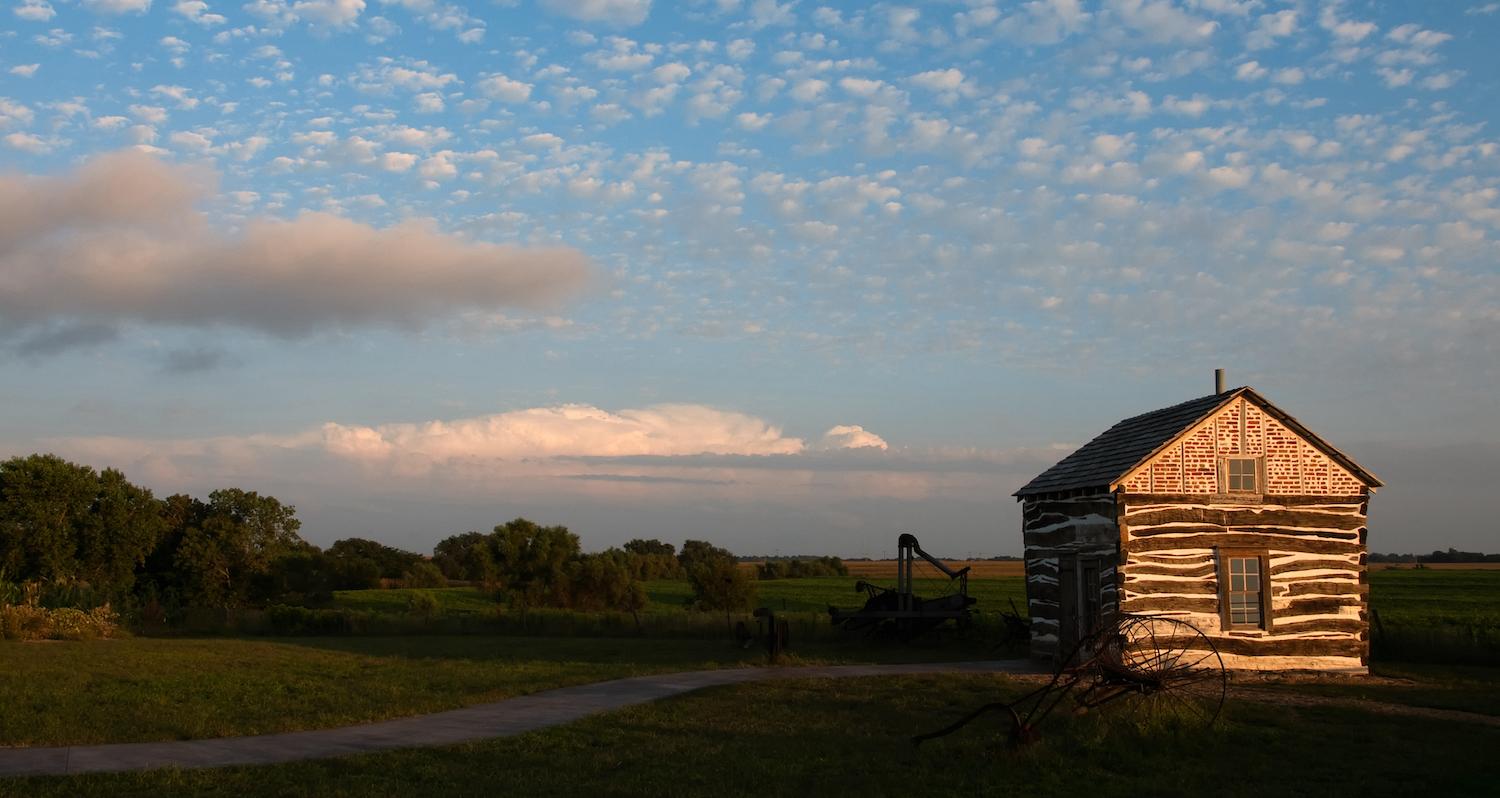
Scotts Bluff National Monument: Portal To The West
William Henry Jackson's short life as a bullwhacker quickly convinced him that that was not the career for him.
National Parks Traveler Episode 177: Following The Oregon Trail At Scotts Bluff
The Oregon Trail stretched roughly 2,170 miles from Missouri to Oregon’s Willamette Valley. It rambled across prairie, sagebrush desert and mountains. From the 1840s into the 1880s, hundreds of thousands of immigrants made the challenging journey, and not all survived. Today more than 120 historic sites, auto tour routes, and markers show us where the Oregon Trail traveled.
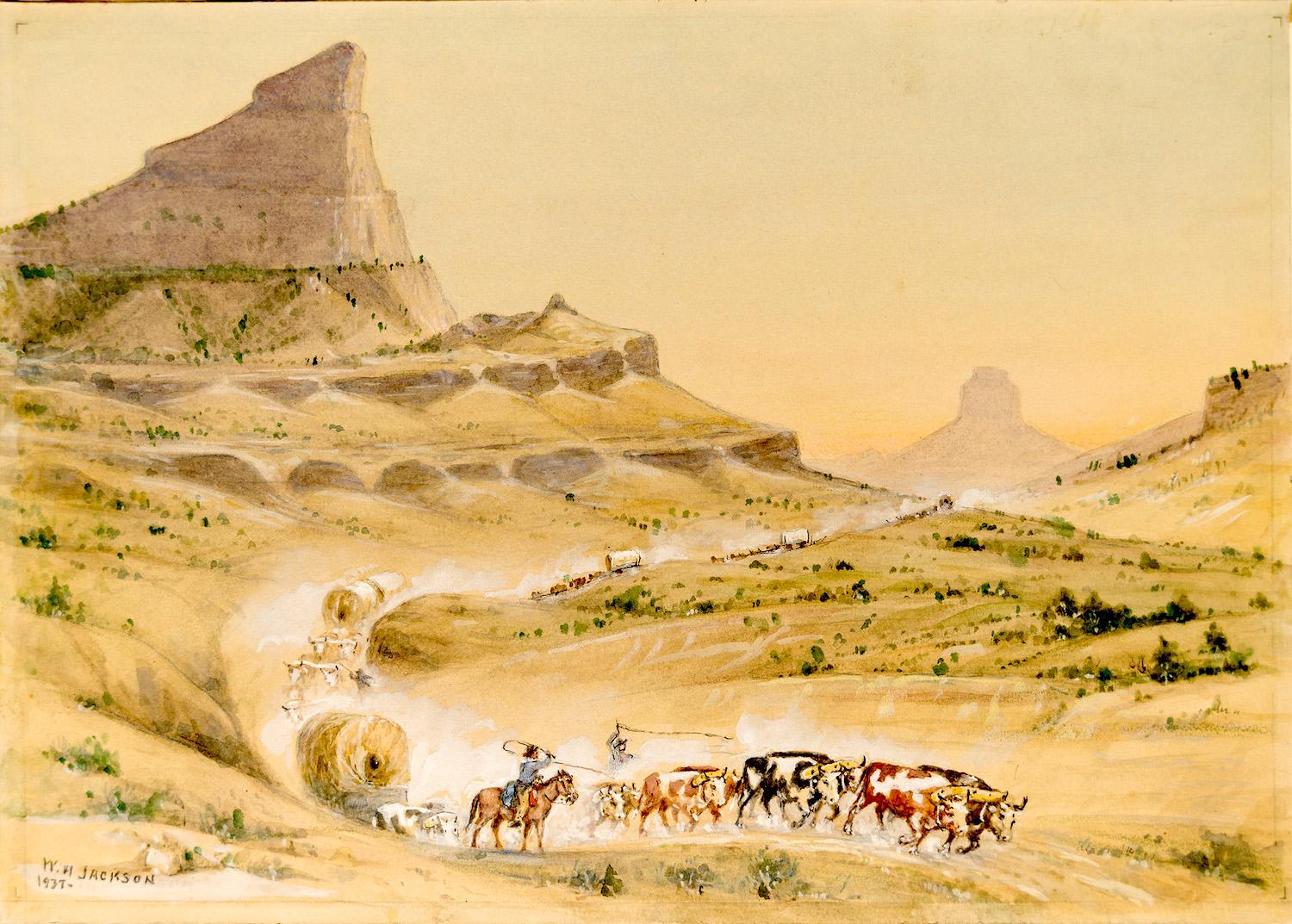
Exploring The Parks: Fort Larned National Historic Site
There are no walls around Fort Larned on the Kansas prairie, which makes it easy for your eyes to roam across the surrounding countryside that was home to soldiers from 1860 to 1878 when they were tasked with guarding travelers along the Santa Fe Trail, helping with mail deliveries, and negotiating with area tribes that grew increasingly concerned with growing numbers of settlers.

Fort Larned's Dark Chapter
A billiards table offering one of the few respites from the daily hardships endured by soldiers on the frontier in the wake of the Civil War could not temper the racism that some white troops harbored against their Black peers.
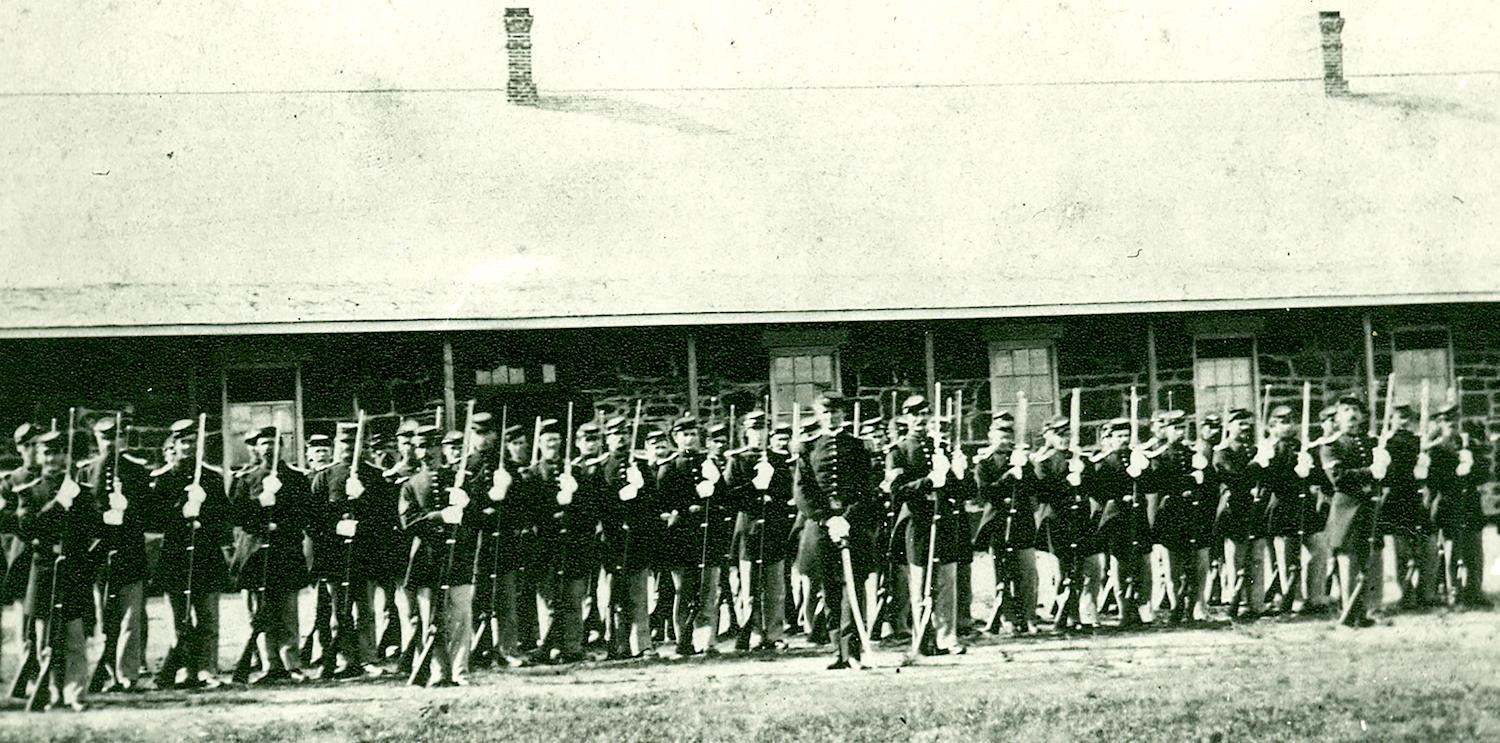
Tallgrass Prairie: A Window Into The Past
It seemed a move contrary to the national sentiment, heading east when most were looking west for prosperity, but for Stephen and Louisa Jones leaving Colorado for the Flint Hills of Kansas cemented their legacy.
National Parks Traveler Episode 178: Walking Tallgrass Prairie National Preserve
There are 423 units in the National Park System, but a surprising number of people focus on about two dozen parks. Last year, when roughly 300 million visited the park system, just 25 units – the Yellowstones, Grand Canyon’s, Zions, Cape Cods, Blue Ridge Parkways – got 50 percent of the traffic. There are so many overlooked units in the National Park System worthy of a visit. They might not be your final destination, but they’re certainly worth becoming a destination on your traveling itinerary.

National Parks Traveler Episode 193 | The Bison Of Tallgrass Prairie
Back in 2009, a small herd of bison was relocated from Wind Cave National Park in South Dakota to Tallgrass Prairie National Preserve in Kansas. The goal was not only to restore an essential foundational species of wildlife that had not grazed on those lands for more than a century, but to also reestablish the unique ecological benefits bison bring to the landscape while preserving the genetic integrity of the species.

Exploring Forbidden Seas And Barbarous Coasts
New Bedford Whaling National Historical Park appears is a small but important memorial to energy industry workers of the past. Whaling ships sailing into and out of port at New Bedford were once as common a sight as today’s fuel tanker trucks hauling gas and diesel on interstate highways across the country.

Two Freedom Trails Of Boston: Urban National Parks

Fading History: Mindoka National Historic Site
Minidoka National Historic Site is not unique in wanting for adequate funding to protect, and interpret, its history, but it's a clear example of the need that exists.

The Sandstone Arches Of Big South Fork National River And Recreation Area
Arches National Park in Utah is the undisputed champion of its namesake formations. But another, less celebrated, national park site across the country has one of the highest concentrations of arches in the eastern United States.
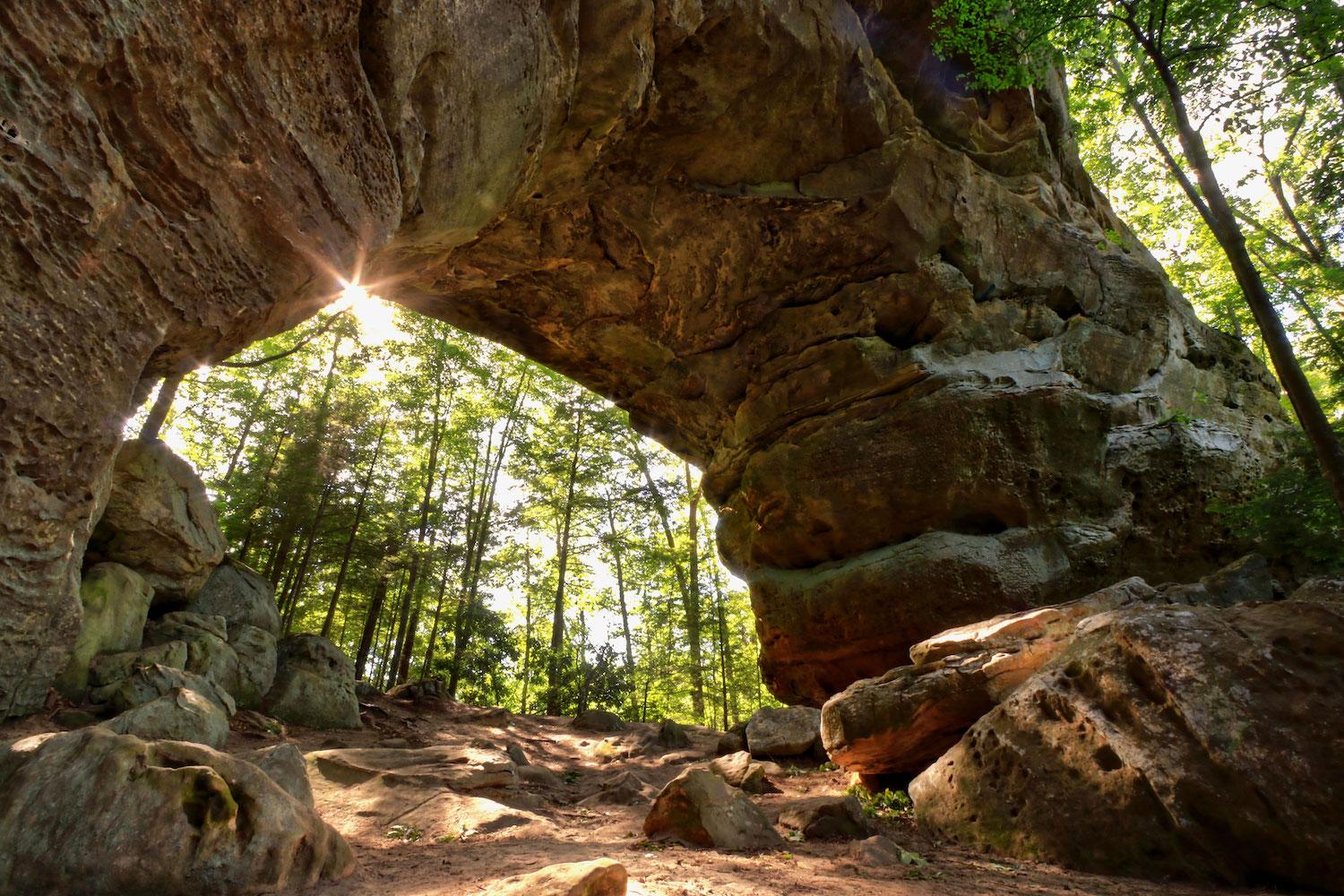
A New Mexico National Park Roadtrip
Road trips through the National Park System can take you to not just one, but to many, destinations. Along with Patrick Cone, the Traveler's special projects editor, I found that to be the case during a late fall swing through northern New Mexico. Ahead of us were Valles Caldera National Preserve, Bandelier National Monument, and Pecos National Historical Park ... and some unexpected surprises.
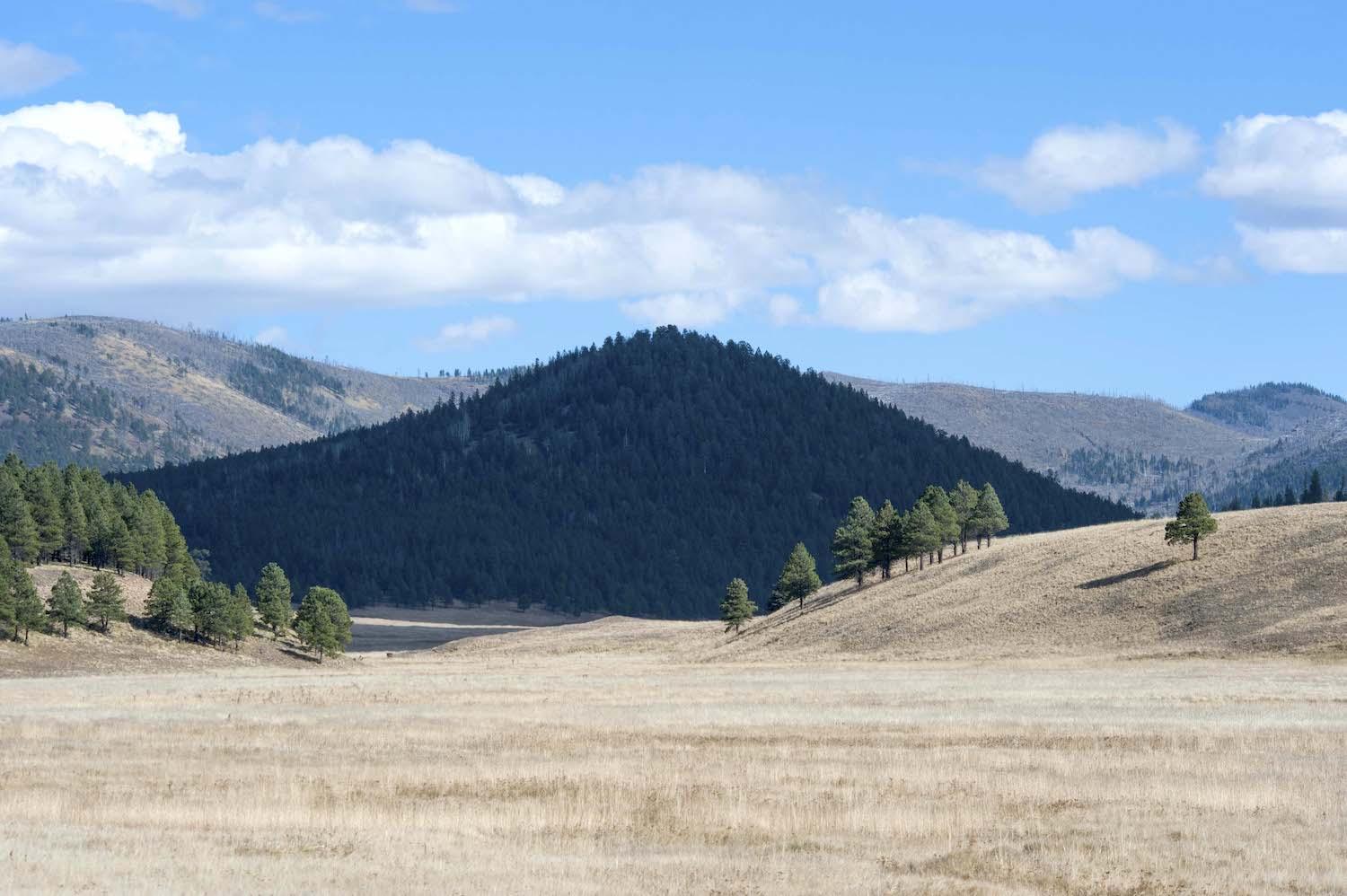
National Parks Traveler Episode 189 | Saratoga National Historical Park
Delve into some of New York’s Revolutionary War history with an audio trip to Saratoga National Historical Park. The Traveler’s Lynn Riddick caught up park ranger and military historian Eric Schnitzer, who explains what happened there nearly 250 years ago and why it’s significant in the course of American history.
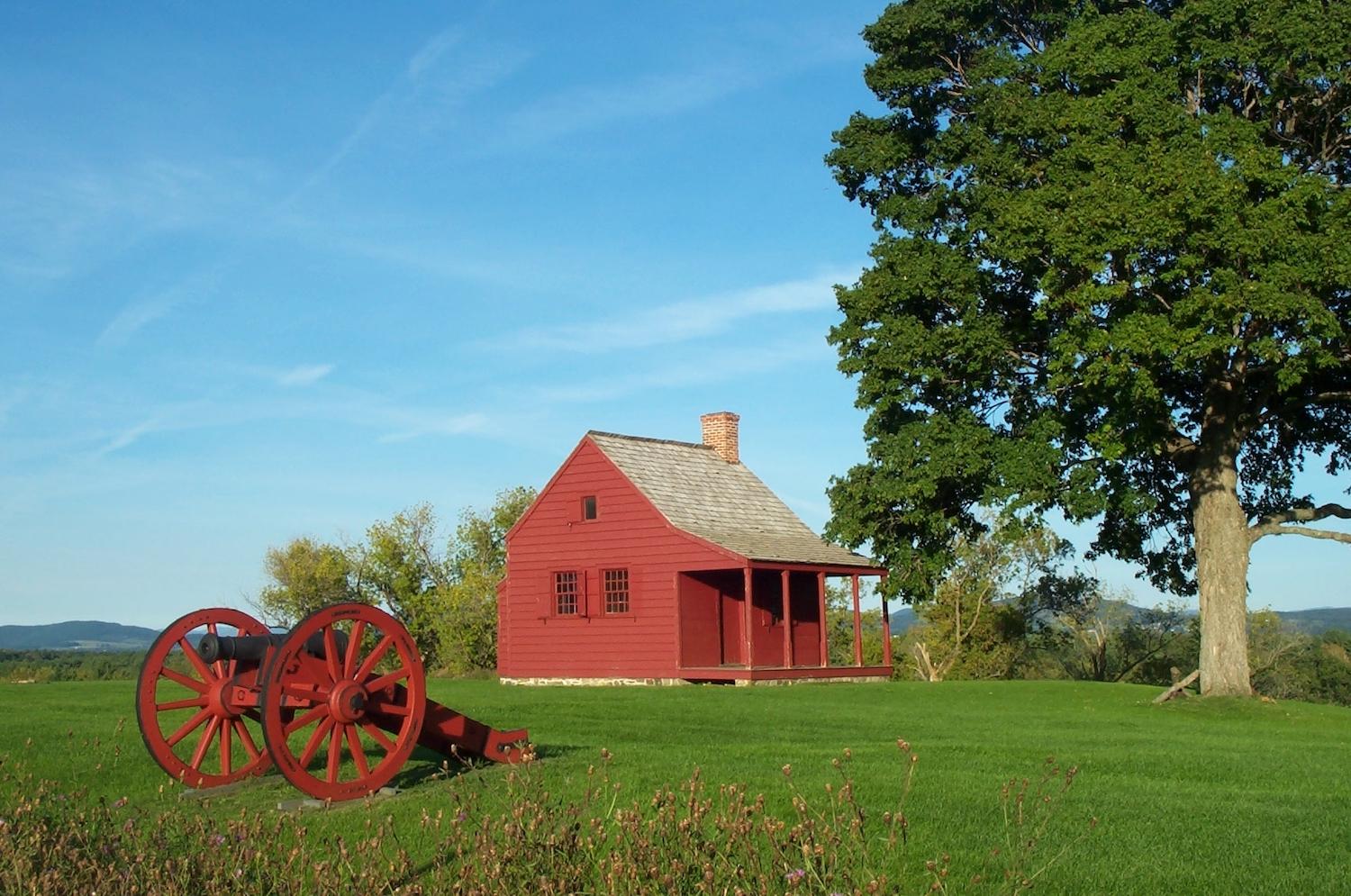
National Parks Traveler Episode 164: Visiting Lyndon B. Johnson National Historical Park, Part 1
Those who have ascended to the presidency of the United States are products of the environments in which they were born, raised, and educated. Their early experiences usually have a significant effect on how they manage their presidency and the subsequent policy and programs developed under their watch.
Lyndon Baines Johnson is a fitting example of that. His presidency was guided in full measure by his upbringing, his personal experiences with poverty and shame and his observation of racism and hate.
National Parks Traveler Episode 165: Lyndon B. Johnson National Historical Park, Part 2
Lyndon Baines Johnson had a staggering impact on the United States during his time as president. Much of his approach to government was instilled during his early life in Texas. In this, part two of her podcast on the Lyndon B. Johnson National Historical Park, the Traveler's Lynn Riddick visits the president's boyhood home and ranch.
The LBJ Ranch was where he was born, lived, died, and was buried.
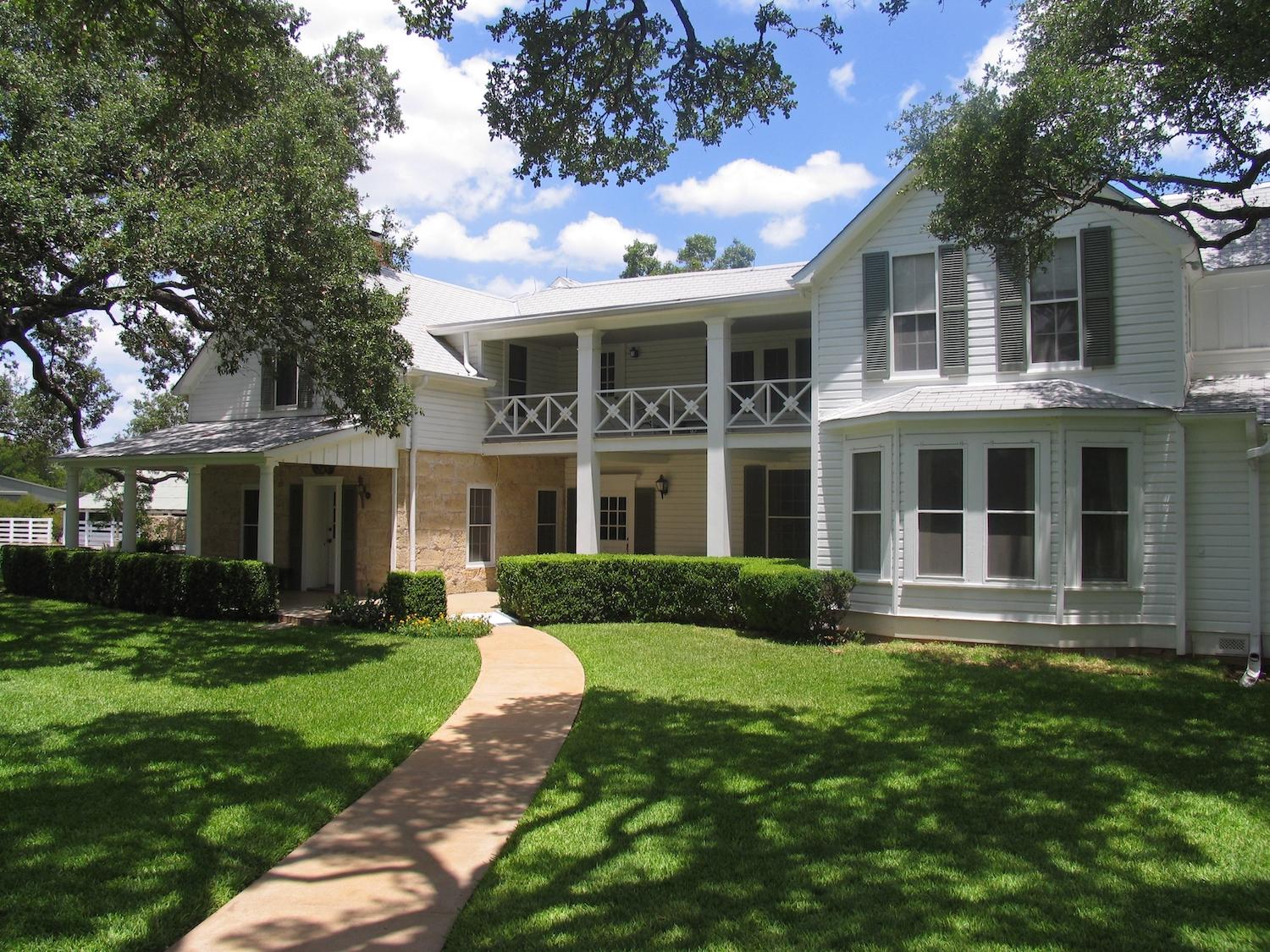

 Support Essential Coverage of Essential Places
Support Essential Coverage of Essential Places